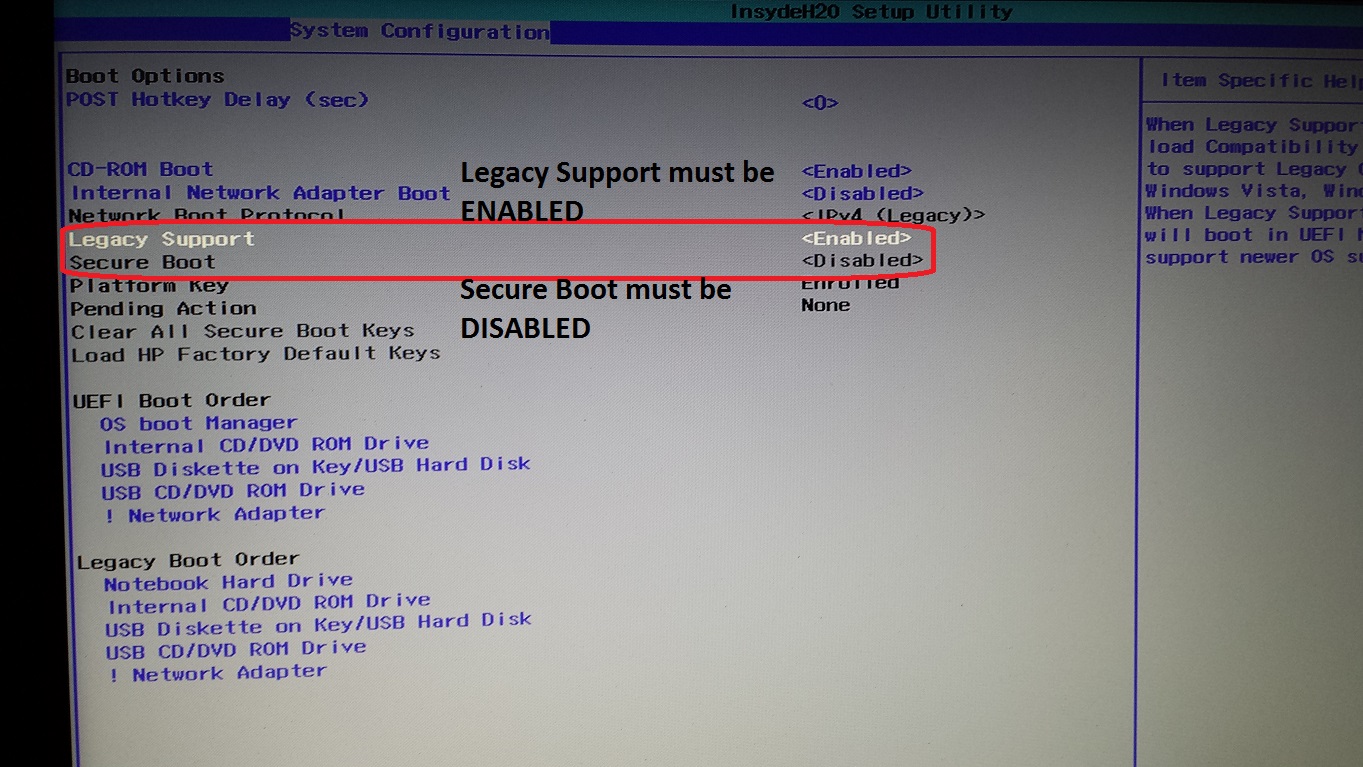Como Instalar Windows 7 Em Uefi
Como desabilitar o UEFI boot e instalar Windows 7 em notebook Philco 14m2 free download mp3 song from below links as video or audio versions and it has total of 36,895 views with total 133 Likes and 34 dislikes and created 2 years ago by Loreto - Tutoriais, dicas e curiosidades de tecnologia e variedades. The 7z.exe file, the dll 7z.dll file and the fat32format.exe file. All of these files must be in a folder called resource in able to create the bootable key. The image of bootable UEFI diagnostic. It must be in the same folder of UefiBootableGenerator.exe; GUI approach will not work on the system with Windows 7 and Microsoft.
The reason why it wasn't supported in Win7 is due to an incorrect market forcast. Initially, when UEFI 2.3.1 spec was worked on and brought to the desktop, 32bit OSes were thought to have been eliminated from the market.

If you recall a long time ago, the rumors of Windows 8 were it would only come in a 64 and 128bit versions and no 32bit. As such, the strategy was to eliminate it, and it started with UEFI support in Vista SP1 x64 but not 32. The same continued on with Windows 7 releases. However, it was obvious that 32bit was still very important and that no one would be buying a 128bit OS, so Windows 8 x86 was made to support UEFI. Now down to technical things, it is the bootloader of Windows 7 that has the most problem. I have had limited problems with other interfaces, such as WMI returning garbage. Tombstone 1882 Game.

Using setup isn't going to work out because it may detect the firmware's capabilities and convert the disk to GPT. The key to have Win7 x86 boot on a UEFI board is to not use the System Reserved partition. This means you would have to run diskpart to format the disk, and then using DISM to apply the image.
NOTE: I have not attempted to deploy the OS on that particular hardware and BIOS version. It may still have issues or not able to boot.
Hi, Windows support for UEFI can be found at Microsoft: Pay attention to the Note: the Windows version must match the PC architecture. A 64-bit UEFI PC can only boot 64-bit versions of Windows. A 32-bit PC can only boot 32-bit versions of Windows. In some cases, while in legacy BIOS mode, you may be able to run 32-bit Windows on a 64-bit PC, assuming the manufacturer supports 32-bit legacy BIOS mode on the PC. Also, I suggest to install a 64bit Windows for full use of the memory.
Regards v-yamliu. The reason why it wasn't supported in Win7 is due to an incorrect market forcast.
Initially, when UEFI 2. Safenet Sentinel Ultrapro Crack. 3.1 spec was worked on and brought to the desktop, 32bit OSes were thought to have been eliminated from the market. If you recall a long time ago, the rumors of Windows 8 were it would only come in a 64 and 128bit versions and no 32bit. As such, the strategy was to eliminate it, and it started with UEFI support in Vista SP1 x64 but not 32.
The same continued on with Windows 7 releases. However, it was obvious that 32bit was still very important and that no one would be buying a 128bit OS, so Windows 8 x86 was made to support UEFI.
Now down to technical things, it is the bootloader of Windows 7 that has the most problem. I have had limited problems with other interfaces, such as WMI returning garbage. Using setup isn't going to work out because it may detect the firmware's capabilities and convert the disk to GPT. The key to have Win7 x86 boot on a UEFI board is to not use the System Reserved partition. This means you would have to run diskpart to format the disk, and then using DISM to apply the image. NOTE: I have not attempted to deploy the OS on that particular hardware and BIOS version.
It may still have issues or not able to boot. Openwrt Serial Port Programming In C.
This document provides the steps to perform a Clean Install of the Microsoft® Windows® 7 operating system on applicable VAIO® computer models which originally shipped with Windows 8. This process will take 1 - 2 hours to complete. What is a Clean Install? A Clean Install formats the hard drive before installing the operating system. All user data, files, and settings are erased and a new copy of the operating system is installed. A data backup (to an external drive or media, such as a flash drive or DVD) will be required to save desired files, such as documents, music and pictures. Existing software on your computer will also be lost and need to be reinstalled.
A Clean Install is necessary when downgrading from Microsoft® Windows® 8 to the Windows 7 operating system. STEP 1 - Getting Started Please print and carefully read this document before you begin. It is recommended that you keep it on hand for reference while you are installing Windows 7. Backup your Data • WARNING!
The Clean Install process removes all current content such as files, programs, etc. From your hard drive. • It is strongly recommended that you backup any data you want to save to an external drive or media, such as a flash drive, Memory Stick® media or DVD.